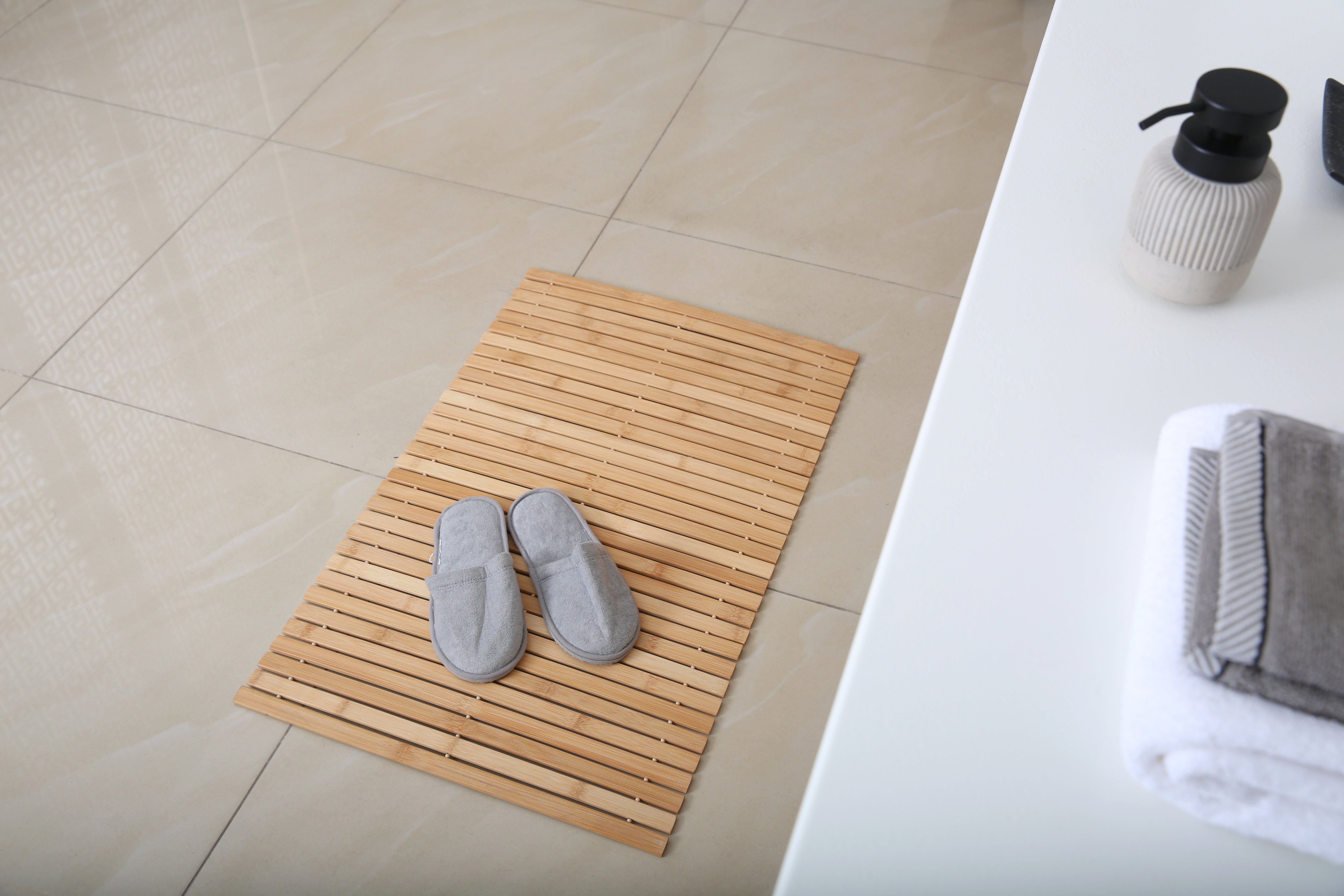Comparing Radiant Floor Heating with Traditional Bathroom Heating Options

When it comes to bathroom comfort, choosing the right heating system can make a significant difference. Radiant floor heating has gained popularity as an innovative solution, offering warmth directly from the floor up. But how does it compare to traditional bathroom heating options? Let’s explore the advantages and considerations of radiant floor heating and see why it might be a must-have for your bathroom.
What is Radiant Floor Heating?
Radiant floor heating involves installing electric wires or water-heated tubing beneath your bathroom floor. This system warms the floor surface, which then radiates heat evenly throughout the room. Unlike conventional heaters that warm air from a central source, radiant floors provide consistent heat that rises naturally, creating a cozy atmosphere without any drafts.
Traditional Bathroom Heating Options
Common traditional methods include wall-mounted electric heaters, baseboard heaters, and forced-air systems connected to your home’s HVAC. These options typically heat air first before warming surfaces and occupants. While effective in raising room temperature quickly, they often cause uneven heat distribution and can dry out the air.
Benefits of Radiant Floor Heating in Bathrooms
One major benefit of radiant floors is comfort — stepping onto a warm floor during cold mornings feels luxurious. Additionally, this type of heating is energy efficient because it requires lower temperatures to achieve comfortable warmth. It also eliminates visible heaters or vents, allowing more freedom in bathroom design. Moreover, radiant systems operate quietly and reduce dust circulation compared to forced-air units.
Considerations Before Installation
Radiant floor heating installation involves upfront costs higher than some traditional heaters due to materials and labor required for embedding systems beneath flooring. It’s best suited for tile or stone floors that conduct heat effectively but can be adapted for other surfaces too. Additionally, installation is easiest during new construction or major renovations since retrofitting existing floors may require removing current flooring.
Is Radiant Floor Heating a Must-Have?
If you value consistent warmth, enhanced comfort underfoot, quieter operation, and aesthetic flexibility in your bathroom design, radiant floor heating offers compelling advantages over traditional options. While initial investment is higher than standard heaters, many homeowners find long-term energy savings and increased enjoyment well worth it — making radiant floor heating increasingly popular as a must-have feature in modern bathrooms.
Choosing between radiant floor heating and conventional bathroom heaters depends on your budget priorities and lifestyle preferences. However, if you seek superior comfort combined with efficiency and design freedom in your bathroom space, investing in radiant floor heating could elevate your daily routine significantly.
This text was generated using a large language model, and select text has been reviewed and moderated for purposes such as readability.


